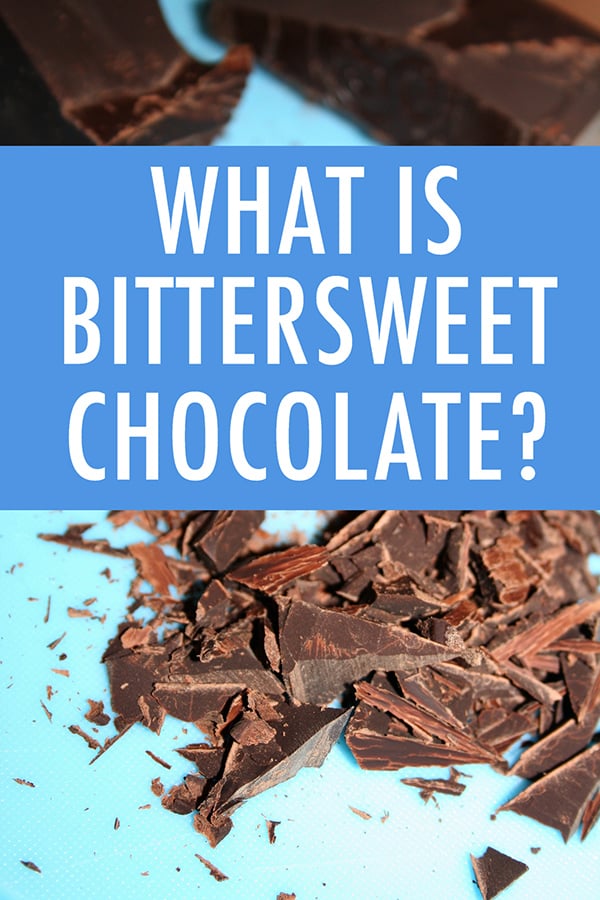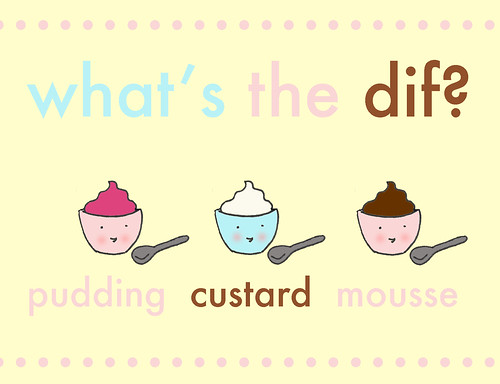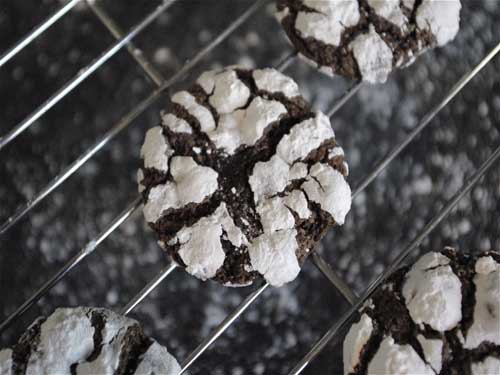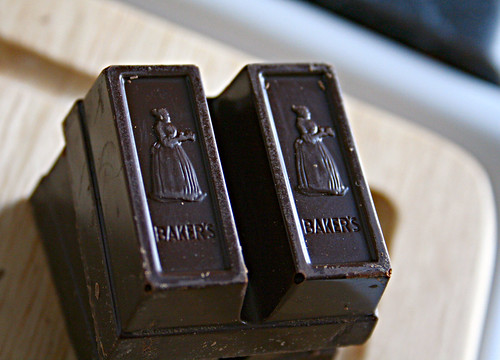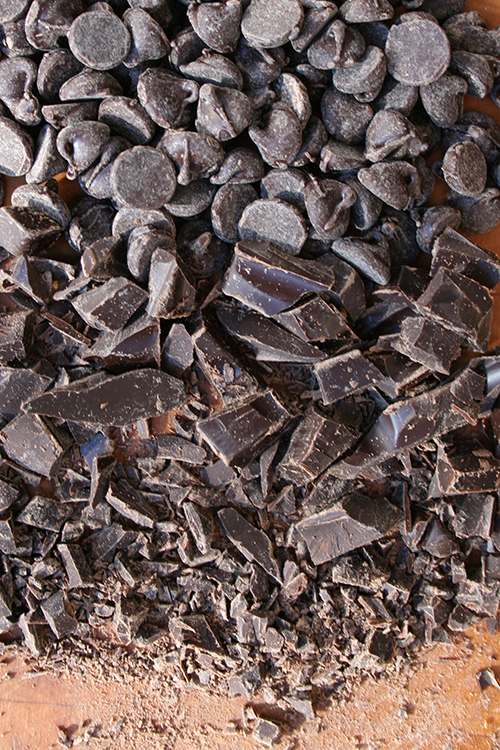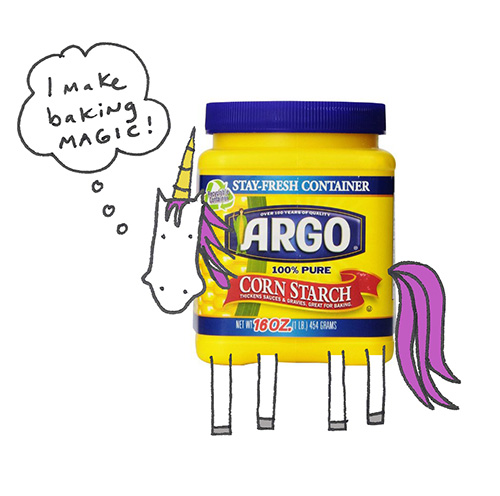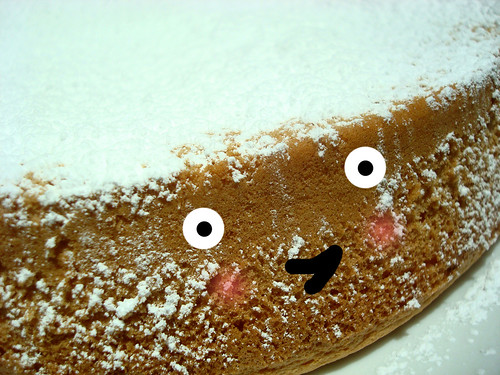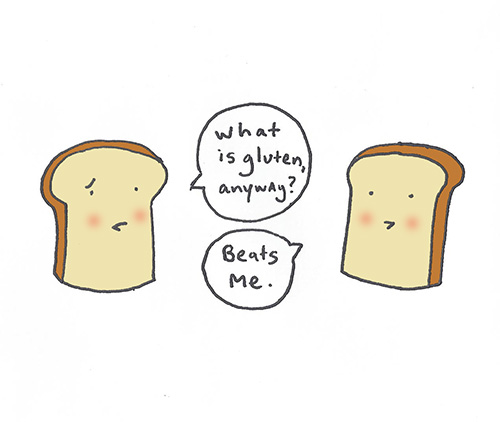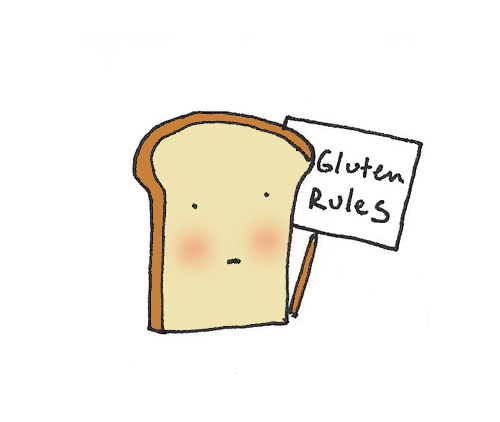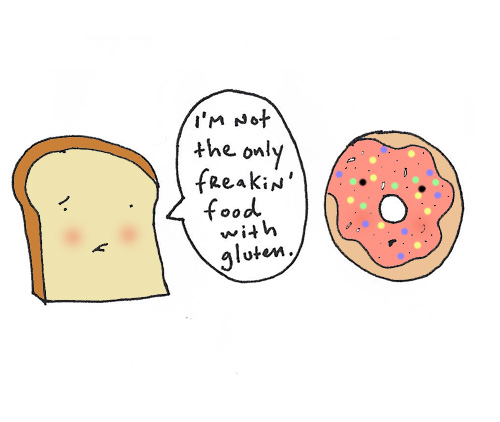Hey! Let's munch on balls!
Balls of delicious, caramelly sweetened condensed milk, cocoa powder, and butter, that is! This is the glory that is the brigadeiro, a totally sweet and delicious Brazilian confection.
I first tried brigadeiros when Carla, a woman originally from Brazil who worked at my former yoga studio in Santa Fe, brought a few for me to try. Knowing my deep love of sweets, she figured I would enjoy discovering a treat from her home country. She was right. These balls are about as addictive as crack.
Brigadeiros are extremely simple in construction: sweetened condensed milk, cocoa powder, and a little butter. (I added a little bit of vanilla and a little bit of salt to mine, too). But in their simplicity there is a kind of sweet perfection: the sweetened condensed milk slightly caramelizes during the cooking process, making for a mellow, rich flavor that you don't ever want to leave your mouth. Since the confections are somewhat soft on their own, they are typically rolled in sprinkles, which not only makes them easier to hold on to, but makes them hella cute to behold, too.
The sweet mystery of brigadeiros
Brigadeiros gained popularity in 1940s, but where exactly they came from is the source of some debate. There are two basic theories:
The Ingredient Availability Theory: in the years following World War 2, fresh milk and sugar were in short supply, so recipes including sweetened condensed milk, which was shelf stable when canned, began to gain in popularity. Some brilliant person figured out that adding chocolate would make the sweet, syrupy milk mixture even better, and the rest is history.
The Political Theory: Others say that what made the confection an enduring classic is its connection to a politician, and that the name was inspired by brigadier Eduardo Gomes, a handsome and liberal politician (apparently his running slogan was along the lines of "Vote for the most handsome and single brigadier"). Apparently, some loving fans began selling the confection as a means of fundraising for this hottie.
My thoughts
I wasn't around in the 1940s, but I think that it's likely that a combination of the two theories above resulted in the confection's development and proliferation. It's my guess that the treat was borne of ingenuity with limited ingredients, but that it gained popularity and became widespread as a means for promoting the candidate.
Make them!
Here's the recipe.
Brigadeiros
Printable version here - Adapted from From Brazil to You
- 1 can (14 ounces) sweetened condensed milk
- 1/4 cup unsweetened cocoa powder
- 1/2 teaspoon salt
- 2 tablespoons unsalted butter
- 1 teaspoon vanilla extract
- A bunch of sprinkles
In a large saucepan, combine the sweetened condensed milk, cocoa powder, and salt. Whisk until cohesive. It would be helpful if you sifted the cocoa beforehand, but I really can't be militant here because I did not do so. :-/
Add the butter, and put the saucepan over medium heat. Stir constantly until the mixture begins to thicken, about 5-8 minutes. What you're looking for here is for the mixture to thicken so that when you scrape a spatula along the bottom of the pan, the mixture is resistant to drip back into place. Keep on stirring well, because you don't want the mixture to scorch the bottom of your pan (you'll ruin your candy and have a huge mess to clean up, so you don't want that).
Remove from heat, and stir in the vanilla until combined.
Let the mixture cool to room temperature, then using buttered or oiled hands, roll the mixture into balls. Roll in sprinkles (I kept mine on a shallow plate). Place on a tray or dish, and store in the fridge for an hour or so to "set". If they flatten out a little bit, roll them back into a circular form after they have chilled for a bit so that they will have the shape you desire. Keep them at either cool room temperature, or in the fridge if it is hot/humid where you are.
Oh, and P.S., if you get tired of rolling the balls, you can just store the candy mixture in a jar as a sticky-sweet spread for toast or to enjoy by the spoonful.
Enjoy!
















